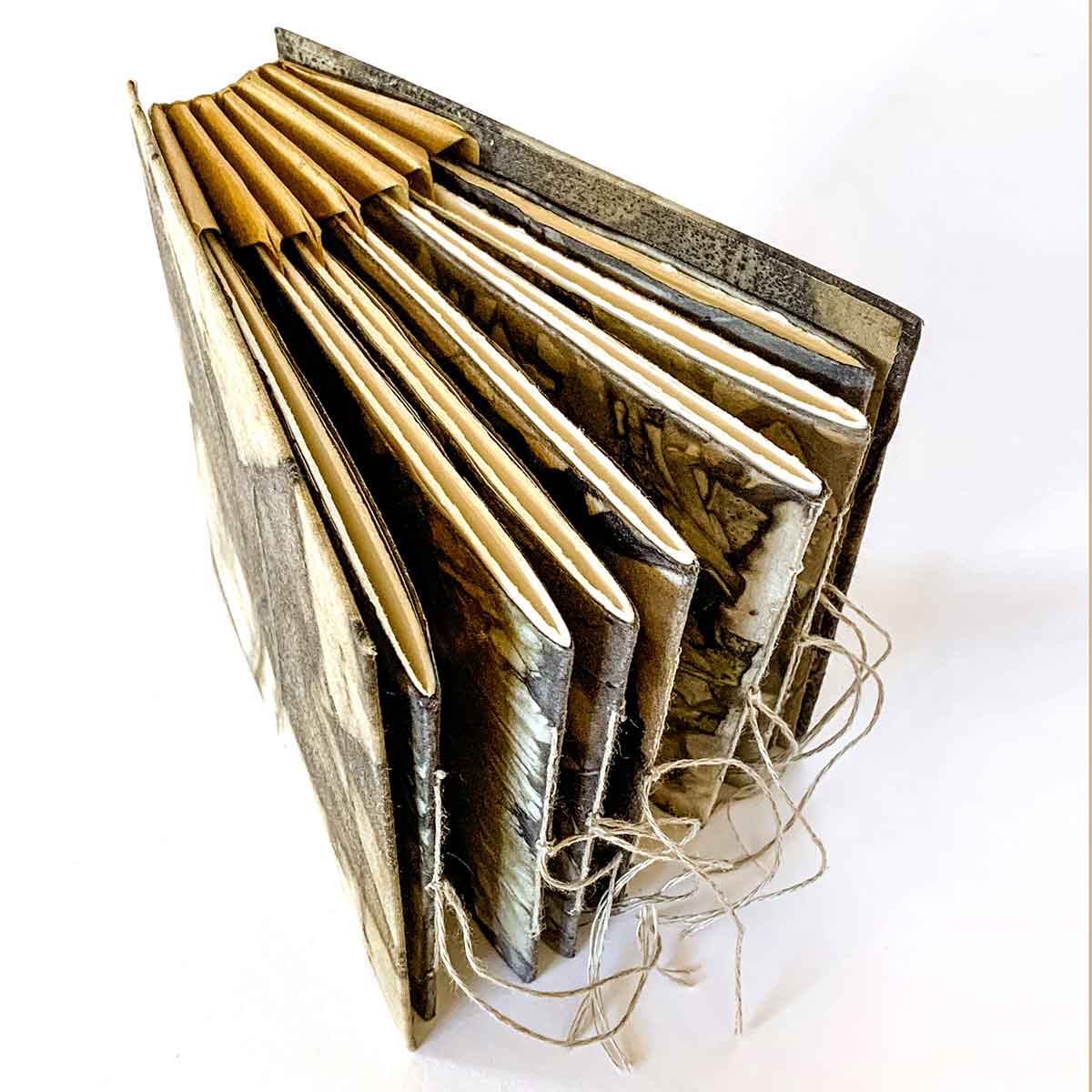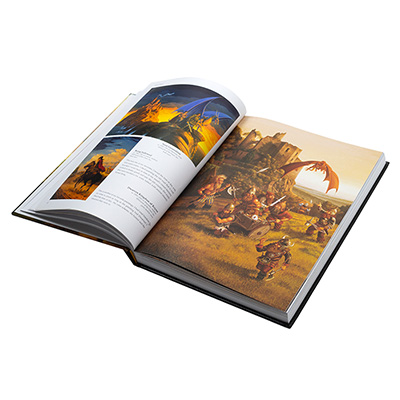Ways to Select the Right Paper for Your art book
Ways to Select the Right Paper for Your art book
Blog Article
Recognizing the Refine Behind Premium Art Book Printing for Art Enthusiasts
When it comes to top notch art book printing, understanding the ins and outs of the procedure can raise your admiration for the last item. As you explore the different parts of art book printing, you'll uncover insights that can transform your point of view on art conservation and presentation.
The Significance of Paper Option in Art Book Printing
When it comes to art book printing, the option of paper can make or damage the last product. You want your art work to beam, and the right paper improves shade vibrancy and information. Consider aspects like weight, appearance, and finish; these elements significantly influence how readers view your job.
As an example, a heavier stock communicates high quality and durability, while a textured finish can add depth to pictures. Smooth paper is exceptional for in-depth recreations, permitting fine lines and subtle shades to appear crisp.
Don't ignore the paper's brightness; a brighter sheet can assist colors pop, making your art much more distinctive. You'll also desire to consider how the paper engages with inks and whether it can handle the printing process without contorting or bleed-through. Eventually, selecting the appropriate paper establishes the stage for your art, guaranteeing it captures the audience's focus just as you imagined.
Selecting the Right Inks for Dynamic Reproductions
Choosing the right inks is equally as vital as choosing high quality paper to achieve vibrant recreations in your art book. When you're publishing artwork, you want shades that stand out and precisely represent the initial item. Choose for inks with a high pigment concentration; these often tend to generate richer and a lot more saturated colors.
You might take into consideration utilizing historical inks, which withstand fading over time, guaranteeing your art book remains as striking as the day it was published. If you're collaborating with pictures or digitally created art, pigment-based inks can supply a wider shade gamut, boosting detail and deepness.
Don't ignore the coating! Matte and glossy inks can dramatically modify the appearance of your art work, so think of the look you're aiming to attain - art book. Eventually, the appropriate ink choice enhances your paper selection, producing a stunning visual experience for your viewers
The Role of Color Monitoring in Print Quality
Shade monitoring plays a vital duty in achieving high print high quality for your art book. It ensures that the colors you see on your screen equate properly to the published page. Without efficient shade monitoring, your dynamic art work might show up dull or distorted, weakening your imaginative vision.
To begin, calibrate your monitor on a regular basis. This step helps preserve constant shade representation. Next, utilize shade accounts customized for your printer and paper type. These profiles direct the printer in duplicating colors accurately, decreasing inconsistencies in between electronic and published variations.
When you prepare your documents, take into consideration making use of a shade room like Adobe RGB or CMYK, relying on your printer's requirements. Constantly evidence your work, also; an examination print can expose any prospective color problems before the final run. By focusing on shade monitoring, you secure the stability of your art, ensuring your audience experiences it as you planned.

Comprehending Different Binding Strategies
Accomplishing the best look for your art book goes beyond shade management; binding strategies likewise play a significant duty in its general presentation and longevity. You have a number of options to review, each with its own one-of-a-kind attributes.
If you're going for a specialist feel, instance binding offers a tough option with a tough cover, ideal for showcasing your art work. On the other hand, best binding provides a versatile spine while keeping prices down, making it a popular selection for softcover books.
Spiral binding enables your art book to lay level, which is fantastic for presenting images without blockage. Meanwhile, saddle stitching is excellent for smaller brochures, offering a clean surface without the mass.
Eventually, the binding method you pick should show your creative vision and just how you want readers to engage with your job. Ensure to consider these options very carefully to attain the most effective outcome for your project.
The Effect of Publish Dimension and Format on Presentation
While the choice of print size and design may appear additional to web content, they substantially influence how your artwork is perceived. The dimensions of your prints can either improve or reduce the influence of your items. Bigger prints can attract visitors in, permitting them to value detailed information, while smaller sized layouts might require more intimate engagement.

Conservation Methods for Resilient Art Books
To ensure your art publications stand the test of time, it's important to execute effective conservation techniques. Usage acid-free storage boxes or protective sleeves to secure them from dust and physical damages.
When handling your publications, constantly wash your hands or put on cotton gloves to prevent oils and dust transferring onto the web pages. Avoid flexing or wrinkling the backs; instead, make use of book supports when showing them.
For included protection, think about buying archival-quality materials for any type of fixings or enhancements. Consistently inspect your collection for indicators of wear or damages, dealing with problems without delay. By following these basic approaches, you can guarantee your art books stay vivid and accessible for many years to find, maintaining their beauty and value for future generations.
Working together With Printers for Optimum Outcomes
When you're all set to print your art book, choosing the best printer is necessary to attaining your vision. Clear interaction concerning your expectations and needs will help guarantee that both you and the printer are on the same page. Let's explore how to make this collaboration as seamless and effective as possible.
Selecting the Right Printer

Reliable Communication Methods
Reliable communication is vital for transforming your art book vision into truth, specifically when collaborating with printers. art book. Start by plainly detailing your project's goals, including style components, preferred materials, and any type of details printing strategies. Don't have a peek at this website be reluctant to share your motivations and referrals; this aids the printer understand your aesthetic
Establish routine check-ins to review progression and address any concerns. Usage visuals, like mock-ups or examples, to share your concepts better. Be open to feedback, as printers frequently have useful additional reading understandings that can improve your job. Maintain a favorable connection by being respectful and appreciative of their experience. This partnership will certainly ensure that your art book satisfies your expectations and shines in its final form.
Regularly Asked Inquiries
What Prevail Errors to Avoid in Art Book Printing?
When publishing your art book, avoid typical mistakes like inadequate resolution photos, inaccurate color accounts, and ignoring page layout. Do not fail to remember to proofread and double-check information to confirm your final item meets your assumptions.
Exactly How Does Digital Printing Differ From Conventional Printing Methods?
Digital printing utilizes digital documents to produce prints directly, permitting for quicker turnaround and customization. On the other hand, conventional approaches include physical plates, which can be time-consuming and much less flexible for tiny runs or distinct layouts.
What Is the Normal Turnaround Time for Art Book Printing?
The normal turnaround time for art book printing differs, but you can anticipate it to take anywhere from a few weeks to a number of months. Factors like intricacy, amount, and printing technique all affect this timeline.
Can I Print a Minimal Edition Art Book Financially?
You can publish a restricted version art book economically by choosing cost-effective products, maximizing print runs, and using electronic printing options. Cautious preparation and budgeting will assist you attain quality without spending too much.
What Are the Environmental Considerations in Art Book Printing?
When taking into consideration art book printing, you should think of environmentally friendly products, lasting inks, and energy-efficient processes (art book). Choosing regional printers can additionally reduce your carbon footprint, making your job both attractive and environmentally accountable
Report this page